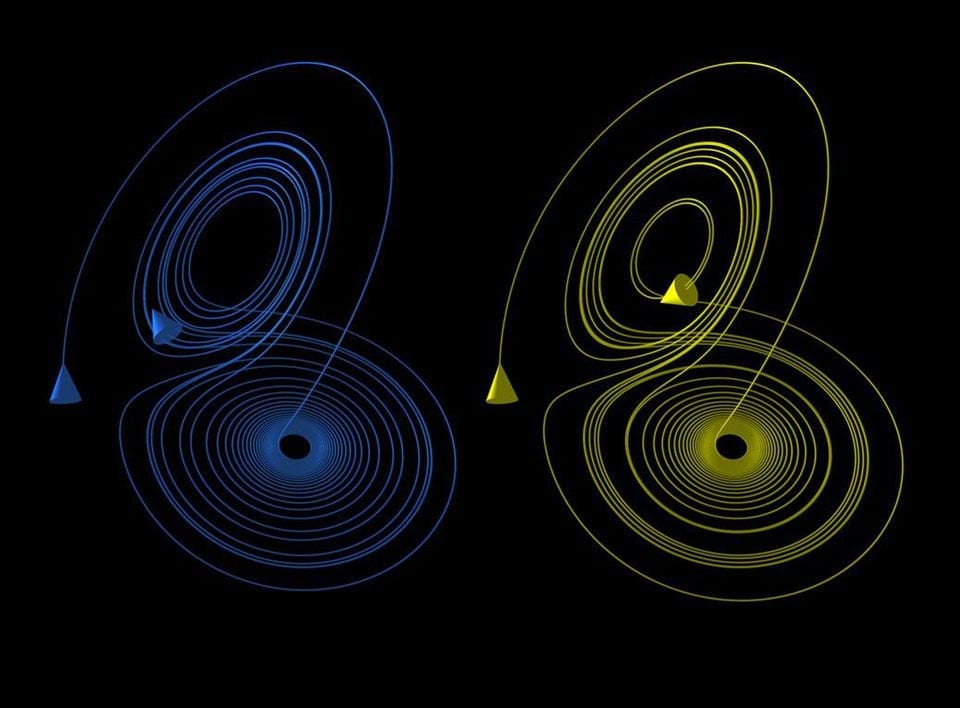The Butterfly Effect: Small Actions, Larger Consequences
The concept of the butterfly effect seems to be a bit of a stretch to most people, and that’s sad (maybe not exactly sad, but quite worrisome).
In the real sense, ‘The butterfly effect’ was first proposed as a phenomenon in 1963, in a doctoral thesis written by Edward Lorenz. And this is what it states: “a butterfly, by flapping its wings in one place and time, is able to create a major weather event in another place and time, eventually having an extensive ripple effect on subsequent events”. Now, you can call it ‘small actions, larger consequences’, and you’d still be correct.

The butterfly effect suggests that small, seemingly insignificant actions can have larger, far-reaching consequences later on. Cause and effect still apply in our world, even though the pattern is cryptic, and the precise cause of our predicaments is rather unfathomable.
Face it; there’s hardly anything we do that doesn’t accommodate the idea behind this ‘theory’. A tiny change in one area and boom, the entire thing experiences a ripple effect.

It’s often said that our lives are the sum of our actions and the choices we make—this saying never gets old. Whether big or small, significant or not, what we do with our lives goes a long way in shaping and determining our future.
The world would probably be a better place if everyone knew this. The tiniest, most negligible event has the ability to alter the course of your life and that of everyone around you. Positively or otherwise.
